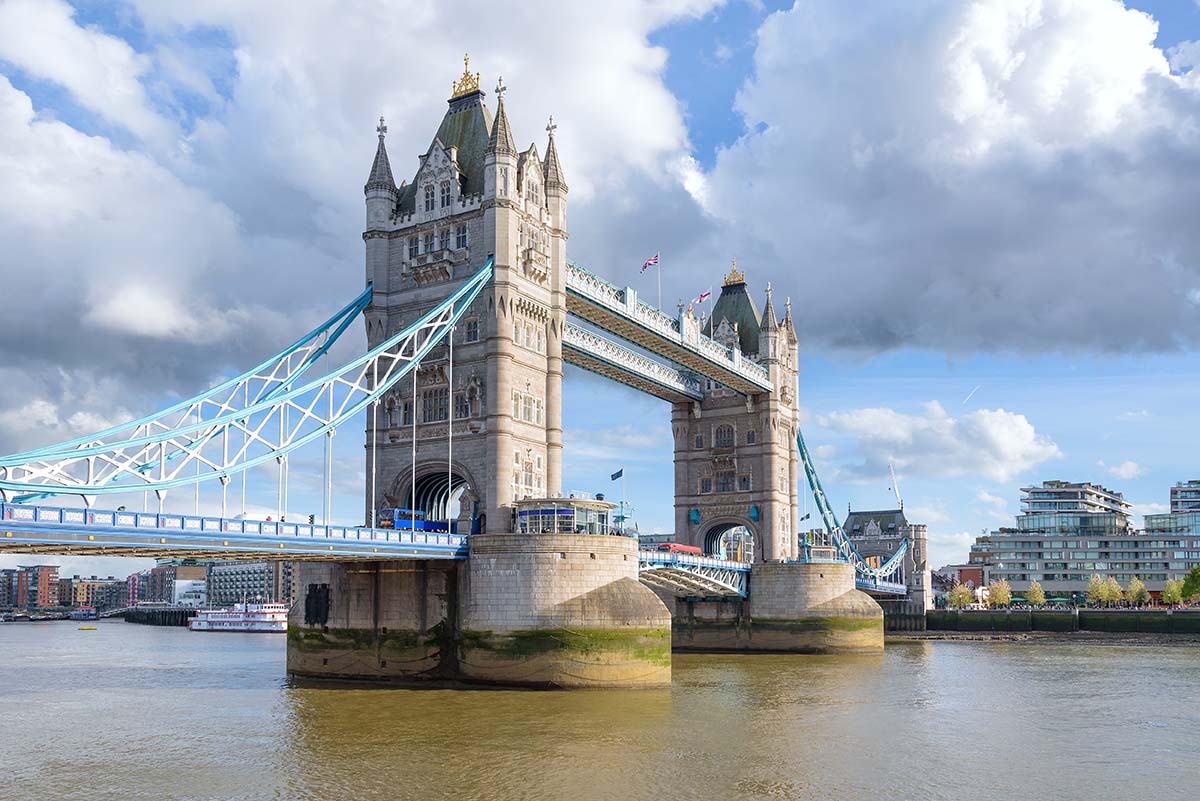
How the Great Fire of London created a fire insurance industry
August 22, 2022September marks the anniversary of the Great Fire of London – 2022 coming some 356 years after a momentous incident that not only changed the history of Britain’s capital but also spurred the creation of an entire fire insurance industry.
Let’s take a closer look.
What happened
Today’s London Fire Brigade walks us through the events that led up to the Great Fire. It paints a background in which a long, dry summer left the city suffering from a drought, with water having become scarce.
In those days, of course, most of the houses in the capital were made of wood, which had dried out thoroughly during the long, scorching summer, and were ready to burn like tinder. To make matters worse, the pack animals used in the city needed food and bedding so that cramped backyards were filled with highly flammable hay and straw. All the ingredients of the tragedy were in the making.
The spark that started the conflagration occurred in a bakery on Pudding Lane, where its owner claimed to have extinguished the flames – that three hours later had become a raging inferno.
The fire spread from Pudding Lane along Fish Hill and down towards the Thames where the riverbanks were lined with warehouses stuffed with still more flammable materials such as tallow and oil.
The resulting fire was devastating. It consumed an estimated 13,200 houses, St Paul’s Cathedral, 87 parish churches, Guildhall, and The Royal Exchange. In addition to the many thousands who died in the fire, others caught fatal diseases that were rampant in the overcrowded temporary housing that had to be built or perished during the bitter cold of an especially harsh winter just a few months later.
At a time when London’s income as a city was £12,000, the fire itself is estimated to have caused £10 million of damage – about £1.5 billion in today’s money.
Creation of fire insurance
In the aftermath of the Great Fire, London needed to be completely rebuilt – clearly, a mammoth undertaking.
Initially, funds for that reconstruction were gathered through charitable donations collected by parishes in and around the capital. Inevitably, however – then as now – donation fatigue began to set in. Despite contributions from churches all over the country only an estimated 0.13% of the projected rebuilding costs were collected in this way.
But there is nothing quite like a devasting tragedy to focus the mind on preventing fires from causing such damage in the first place. In the year immediately following the Great Fire, a doctor, businessman, and Member of Parliament, Nicholas Barbon, set up the world’s very first insurance company. Known as the “Fire Office”, the principal aim of the enterprise was to employ its own private fire brigade to put out the fires in any of the buildings which the company insured.
Reacting to the obvious demand, other insurance companies followed – with names like the Hand-in-Hand and the Friendly Society. Despite the names, though, these companies were not set up for the protection of the public but rather as employers of the fire brigades that would put out fires of insured buildings.
If a fire broke out, all the insurance company-owned fire brigades would rush to the scene to find out whether the fire was in a building insured by their company – and if it wasn’t, they’d simply go home or stand around and watch. (This later changed and Insurance companies often had reciprocal arrangements with each other, so that if a fire brigade extinguished a fire at a house insured by another company then the brigade’s company would be reimbursed).
By 1690, says the Museum of London, one in ten of the houses in the capital was insured. The idea of fixing a “fire mark” to identify an insured building also gained ground. The company most actively involved in the issue of fire marks was the Sun Fire Office – by the year 1720, it has issued more than 17,000 insurance policies with a combined value of some £10 million. The Sun Fire Office was later to become Royal Sun Alliance and today is known as RSA Insurance Group.